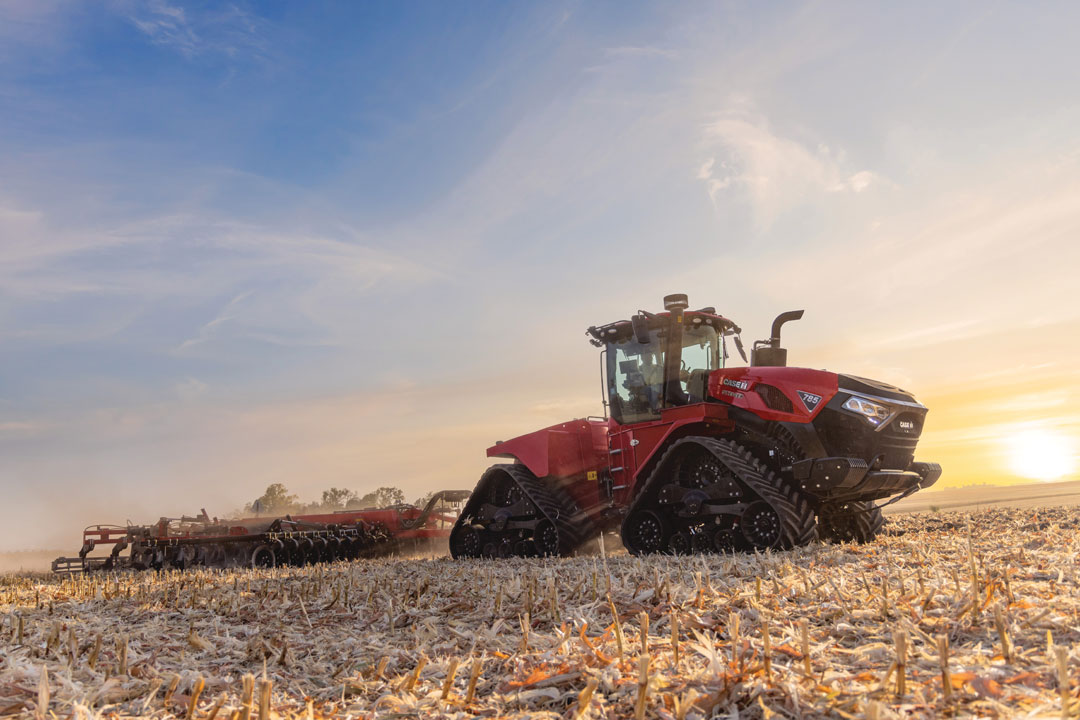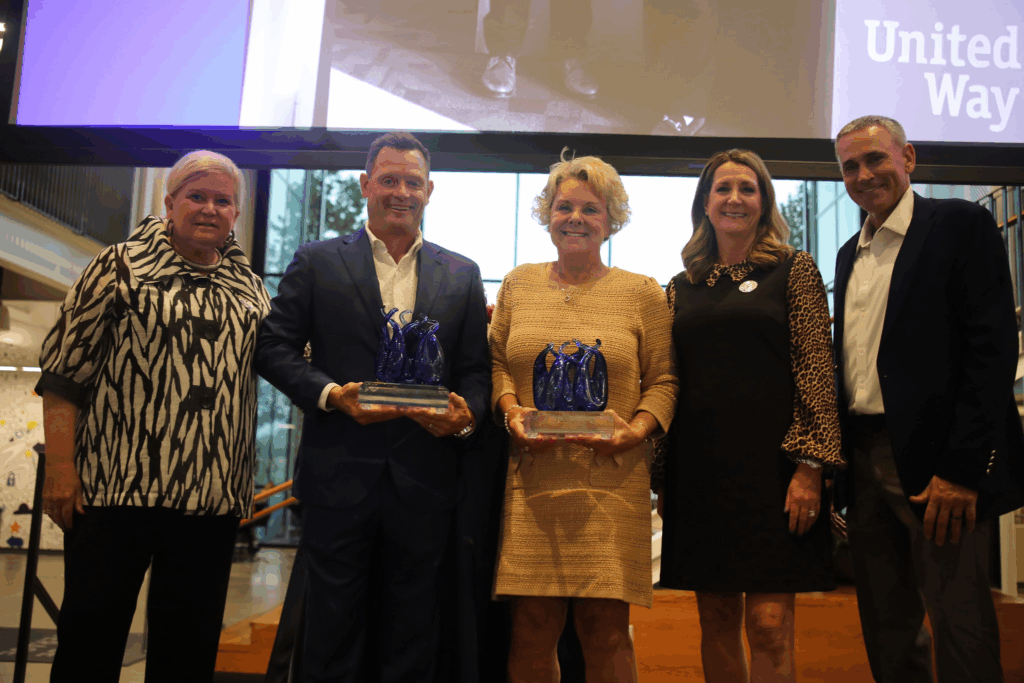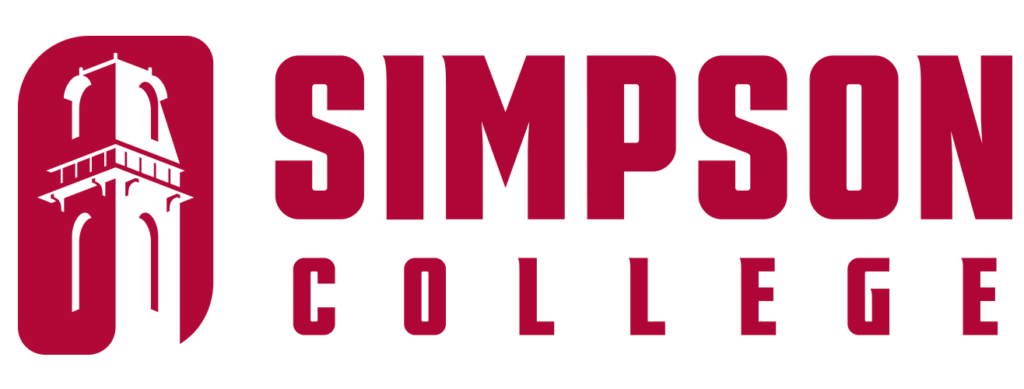Iowa’s ag manufacturers balance trade uncertainty with innovation, long-term planning

Gigi Wood Oct 10, 2025 | 6:00 am
12 min read time
2,775 wordsAg and Environment, All Latest News, ManufacturingEditor’s note: This is part two of a three-part series about the state of Iowa’s manufacturing sector, covering the strong ties between manufacturing and agriculture. Part three, publishing Oct. 17, will cover what the state and its communities need to do to attract new companies to Iowa and keep its existing manufacturers. Read part one on Iowa’s manufacturing economy and workforce at BusinessRecord.com.
High input prices, low crop prices, tariffs and inflation are enough to leave a pork chop-on-a-stick-sized lump in the throat of farmers, manufacturers and economists. Iowa has a long history with agriculture and production of the equipment and supplies used on farms. As one of the leading agricultural states in the nation, Iowa is home to many agribusinesses that leverage their proximity to growers, many of which are manufacturers like John Deere, Vermeer and CNH.
Agriculture under pressure
Iowa tends to have outsized agricultural performance for its size. The five states with the highest value of crop sales, according to the U.S. Department of Agriculture Economic Research Service, are California, Illinois, Minnesota, Iowa and Nebraska. Texas has the most farms with 231,000 followed by Iowa with 86,700; Missouri with 85,700; Ohio with 74,000; and Illinois and Oklahoma with 70,000, according to the USDA.
Iowa also has a long tradition of agricultural equipment manufacturing. John Froelich invented the first gasoline-powered tractor in 1892 in Clayton County, north of Dubuque. The tractors were first sold by the Waterloo Gasoline Engine Co. before the company was purchased by John Deere in 1918. Deere has since become one of the largest manufacturers of agricultural equipment in the country, with 30,000 employees and 60 factories in the U.S.
In Iowa, Deere employs about 13,000 people at its five plants in Ankeny, Davenport, Ottumwa and Waterloo.
The company has seen reduced profits in recent years as farmers put off new equipment purchases due to challenges in the agricultural economy, and has laid off hundreds of its workers, as well as reducing administrative and operating expenses to lower costs. In its third quarter earnings call, Deere cited tariffs and trade policies as two of its biggest challenges.
“The best way for us to function as a business during times like these is to focus on what we can control, namely execution, items like [reducing] production, inventory levels and cost,” Josh Beal, director of investor relations at John Deere, said during the call. “Starting with production, our factories are running well across the business. We’re delivering to our production plans, hitting our retail sales targets, and that’s allowing us to sustain and even improve upon the significant inventory reductions that we’ve driven over the past couple years, and that’s true across all three of our business segments.”
The USDA is forecasting an increase in farm income overall for 2025, driven largely by livestock prices, not crop performance. The forecast is at $179.8 billion, which is $52 billion more than 2024. Total crop receipts are expected to decrease by $6 billion, while animal receipts are projected to increase by $30 billion.
“One thing that’s true over time is more bushels will drive better outcomes for customers, which can, in turn, drive demand incrementally, whether that’s pulling used equipment into the harvest or post-harvest, new and used [equipment],” Beal said.
Tariffs could force market changes
During its earnings call, Deere officials said the company’s tariff costs were $600 million for fiscal year 2025.
“We’ll see where the market goes in 2026. Obviously there are some headwinds from tariffs that are in play, and we’ll see how that plays out,” Beal said.
Chad Hart, an agricultural economist at Iowa State University, said at an April event that it would take several months for Iowa’s economy to truly feel the impact of tariffs. The Iowa economy is now feeling the effects of tariffs, he said.
“Iowa’s and the U.S.’ ag economy has had a couple of rough years in a row. Net farm income was lower in both 2023 and 2024. That loss of income has led to some layoffs in the ag machinery sector and raised concerns within the ag lending community. The introduction of tariffs in 2025 is adding to the downward pressure on the ag economy,” Hart said in an email.
If the tariffs stay in place long term, producers will likely need to find new markets for their crops and livestock, he said.
“Long-term usage of tariffs forces changes within markets,” he said. “Production either has to find more use domestically or has to be rerouted to other export markets. In the long run, this can have a significant impact. For example, the global soybean market is still being impacted by the tariffs from the 2017/2018 U.S.-China trade war. China shifted to purchase more Brazilian soybeans, replacing U.S. supplies, and that has led, over the years, to a sizable increase in soybean production in Brazil, with much smaller growth in the U.S.”
For conditions to improve in the agricultural markets, demand for agricultural products and equipment would need to increase, he said.
“To truly trigger recovery, we would need to see growth in agricultural demand that is large enough to consume the supplies we create, grow [and] raise,” Hart said. “The ethanol boom triggered a recovery in the late 2000s. The general economic surge after COVID helped the ag economy recover from COVID, as both domestic and international ag purchases grew.”
Removing barriers to trade is needed to improve conditions for those markets.
“Longer term, business leaders can look to increase domestic production of products we import or explore opportunities to increase domestic usage of products vulnerable to tariffs (products that export),” Hart said. “But in the end, international trade has generally been good for the Iowa economy. So the best thing we can do is try to remove trade barriers, such as tariffs, instead of building those barriers. Iowa businesses often produce more than what Iowa consumers can utilize, so we are constantly looking for other markets to sell into and provide balance to our markets.”
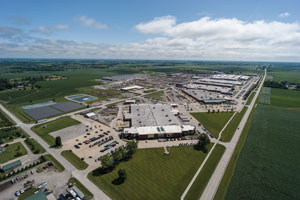
Vermeer adapting to slower ag demand, tariffs
Gary Vermeer invented the mechanical wagon hoist in 1948 in Pella. He made a career, and company, out of selling the equipment he created. Later, in 1971, he created the first large round baler, which is what most Iowans think of when they think of Vermeer, said Jason Andringa, Gary Vermeer’s grandson and CEO of the company.
Over the years, the company has pivoted and 80% of its sales are now in industrial equipment, such as horizontal directional drills used in underground utility installation.
“Things are heating back up again for Vermeer,” Andringa said at the company’s Pella headquarters. “The minority of our business is the agriculture, forage side of our business, which started with the invention of the round hay baler. That part of the business is still soft, and it hadn’t been soft until this year. But the softness in row crop agriculture caught up to that part of agriculture.”
He’s hoping for a rebound next year in agricultural equipment sales.
“We’re anticipating maybe a bounce back next year, but this year is on the weaker side. The strength of the business that we’re starting to see going forward is on the industrial side of the business, which is the majority of the business, and it’s primarily the installation of underground infrastructure. So fiber optic, all of the energy infrastructure for generation and transmission and then hardening of electric infrastructure, which in many cases, involves installing it underground. Those are the big markets that are big drivers for us. Data centers and AI are big drivers, and both government-funded and privately funded fiber optic networks.”
Globally, the $1 billion company employs 4,300 people. Three thousand of those are in Iowa at its Pella corporate campus, 200 at its Des Moines full-service parts and sales facility, 50 at its facility at the ISU Research Park in Ames and 60 at its factory in Griswold that Vermeer acquired when it bought Schuler Manufacturing in 2019.
On the industrial side, the demand for underground infrastructure, as well as landscaping, forestry and rental equipment, will put Vermeer into a hiring mode for the next several years. A bright spot for Vermeer in recent years has been Iowa’s workforce, Andringa said. It’s been easier to find the skilled workers they need, compared to post-pandemic, when few workers were available.
“I think it’s always going to be challenging to find the team members we need in Iowa, but it’s better than it was post pandemic,” he said. “We’ve been doing very limited hiring for the last year, and as we start to ramp up our hiring efforts, we’re finding better opportunities to find people than post pandemic.
Opening its new location on the northeast side of Des Moines has significantly increased the company’s access to qualified workers, he said.
“We have found an additional pool of talent because of recruiting in the Des Moines area, and that’s been a real success,” he said. “If you just draw a 30-mile circle around Pella, you have X number of people that live here. If you draw a 30-mile circle around our factory in Des Moines, there’s 10x or more. That’s a big reason why that’s been successful. And the Vermeer brand seems to extend well to Des Moines. People have heard of us and we have a good reputation as a good place to work.”
When it comes to taxes and tariffs, Andringa said Vermeer appreciates Congress passing the One Big Beautiful Bill Act.
“Tax reform is going to be incredibly beneficial to Vermeer, the markets that we serve and our customers,” he said. “Just the long-term expectation that corporate tax rates will be 21% provides the ability to make long-term planning with regard to an expectation of tax rate, and then for us and our customers, even more than that, is the tax benefits for R&D expenditures. Probably even more than that, is immediate capitalization of [capital expenditures] purchases.
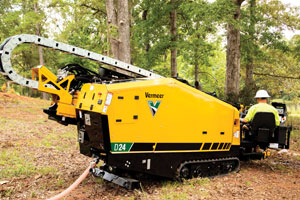
“Vermeer always has invested the vast majority of our profitability back into the business. We currently spend tens of millions of dollars every year on capital expenditure. When we can immediately expense that, it’s, in general, like a 20% savings. When our customers buy a piece of Vermeer equipment and they can immediately expense it, it’s a 20% savings for them. We buy multimillion-dollar machining centers. We buy tons of welders every year to continuously replenish and replace the welding machinery that we have on-site; our lasers, bending machines.”
The uncertainty of tariffs does create business challenges for Vermeer, he said.
“The most unfortunate part of tariffs is just the chaos and uncertainty that they bring, the lack of stability that they bring,” he said.
But for the most part, the company is in good shape when it comes to tariffs’ effects.
“From the perspective of Vermeer, we’re in about as good a position as an American manufacturing company can possibly be in because of the fact that all of the machinery that we sell within the United States, we build within the United States,” Andringa said. “We don’t have to pay any import tariffs on any machinery that we build someplace else and sell within the United States. Not only do we build all of our machinery that we sell in the United States, but our supply chain for what we build in the United States is in the upper 90% domestic supply chain.”
Vermeer does import some of the parts that go into its machines and is absorbing those costs.
The steel and aluminum tariffs are a challenge, he said. Steel is the company’s top expense.
“More importantly is the effect of the steel and aluminum tariffs on domestic steel prices,” he said. “Almost all of our steel that we buy is domestic steel, but steel is a commodity, just like corn, just like wheat. I’ve been telling people that when the price of corn in Nebraska goes up 25%, the price of corn in Iowa is going to go up. It might not go up the full 25% but it’s going to go up. We’ve seen the same thing with regards to steel.”
For every dollar that comes in at Vermeer, 50 cents goes to pay for materials used in the manufacturing process, he said.
“Our greatest single cost at Vermeer is to buy the materials that we need to build machines that we build. If steel prices remain elevated, we’re going to have to figure out how to address those elevated prices,” he said. “So far, we’ve been in more of a wait-and-see mode, but our annual price increase cycle happens at the end of the year. We’ll have to figure out what we need to do based on the projections for steel prices going forward.”
Overall, with the domestic market making up 85% of sales, Andringa said the company is in as good of a position it could be in.
“We sell within the United States. For sure we’re worried about how the tariffs are going to affect our exports. We build the majority of the machinery that we sell around the world. We build within the United States as well, and so far, we haven’t had much of a problem with retaliatory tariffs from Europe or Japan or Australia or other markets that we sell to, like Canada. But we are concerned about that.”
CNH plans for long-term market upturn
Tractor loader backhoes, rough-terrain forklifts and crawler dozers are built at CNH’s 1 million-square-foot factory in Burlington, 80 miles south of Davenport. The factory has produced equipment since 1937 and employs 600 people, but it faces an uncertain future.
The company has announced tentative plans to close the Burlington location during the second quarter of 2026.
“In the near term, the market for agricultural equipment is clearly facing headwinds, and this requires us to manage our costs very carefully. We’re focused on efficiency and cost reductions across the entire company,” a company spokesperson, who declined to be named, said in an email. “However, the bigger picture is that we’re making strategic investments for the long term. We’re building our team to deliver on our technology and quality goals, and we’re confident that our strategic plan will allow us to grow and succeed in any scenario.”
The company is focusing on adding technological solutions – for precision farming and alternative power – to its equipment and is in the process of refreshing its tractor portfolio and launching new, high-efficiency combines.
The company’s equipment is branded under the Case IH and New Holland Agriculture lines.
CNH is managing changes in materials costs, the company said.
“Frankly, the near-term picture is tough, but we’re managing it head-on,” the spokesperson said.
“Materials pricing has been favorable for us in some recent quarters, which helps our bottom line. However, we can’t assume that trend will continue, especially given the uncertainty surrounding global tariffs, including the recent expansion of Section 232 on steel and aluminum, and broader trade policy developments. We’re managing our costs aggressively through strategic sourcing and efficiencies to control what we can.”
The company is navigating a cyclical downturn when it comes to markets and sales.
“We see soft demand and a period of dealer inventory reduction across most regions, especially for high-horsepower tractors and combines in places like North America. That is a headwind, and it means we are deliberately producing fewer units than retail demand right now to balance the channel,” they said. “However, we’re in this for the long haul. We manage daily, we report quarterly, but we position CNH for the next decade. Our focus is on positioning the business for the inevitable market upturn, making sure we emerge stronger than ever.”
Business and government leaders can help improve these industry challenges, they said. For one, the company needs stable and predictable policies.
“The uncertainty around global trade, like the constantly shifting landscape of tariffs, introduces huge risk and complexity to our supply chain and sales. Clarity on trade agreements and avoiding unpredictable policy changes would allow us and our suppliers to plan and invest with confidence,” they said.
Additionally, government and business leaders need to support the farm economy.
“This means policies that enable our farmers to succeed, such as those that improve the economic climate by strengthening risk management programs and expanding access to export markets, along with investing in rural connectivity, which is vital for farmers to take full advantage of the precision and autonomous technology we’re developing,” they said. “We also need a balanced approach to regulation that encourages technological adoption without adding unnecessary burdens that slow innovation down.”

Gigi Wood
Gigi Wood is a senior staff writer at Business Record. She covers economic development, government policy and law, agriculture, energy, and manufacturing.

